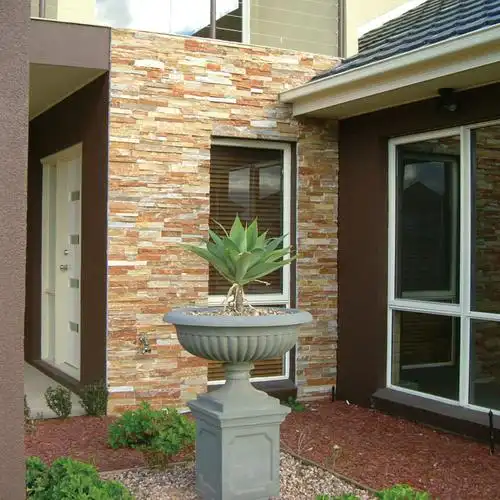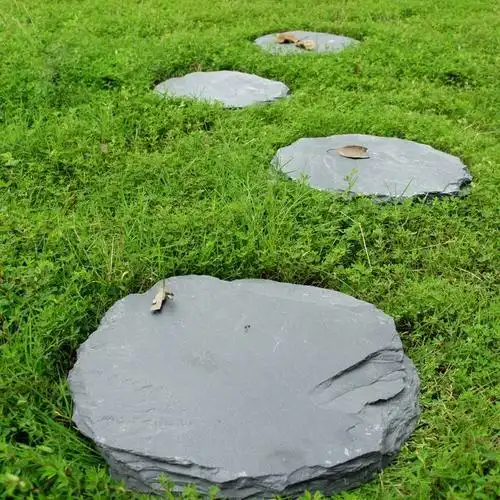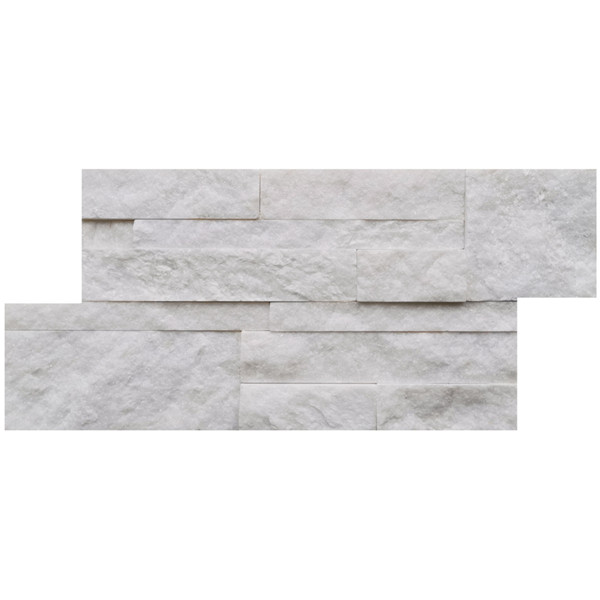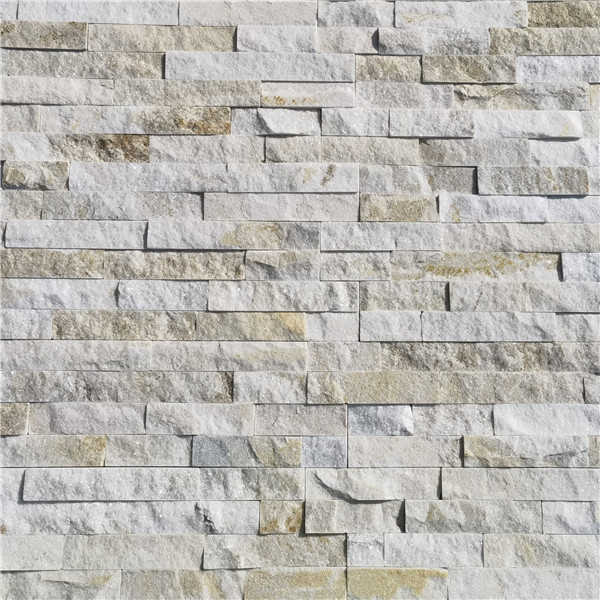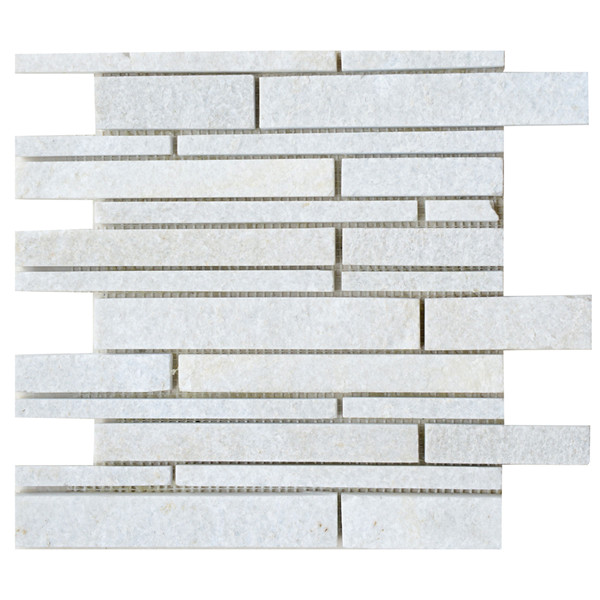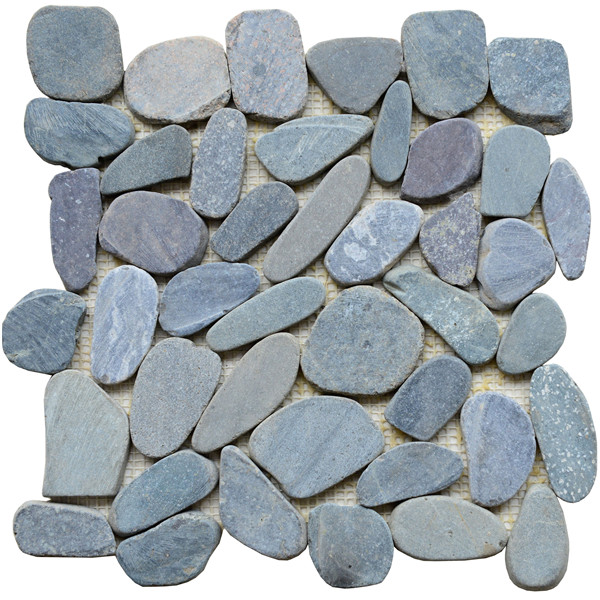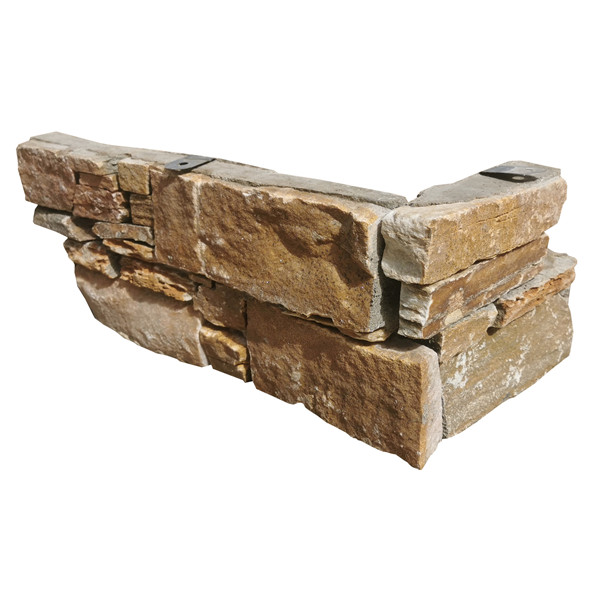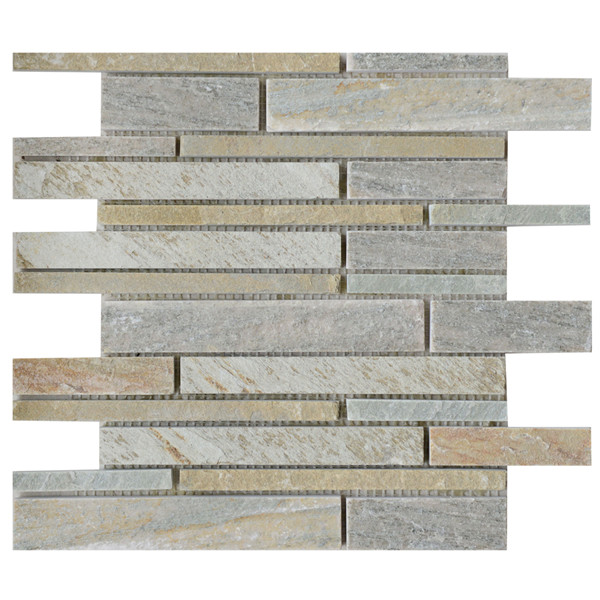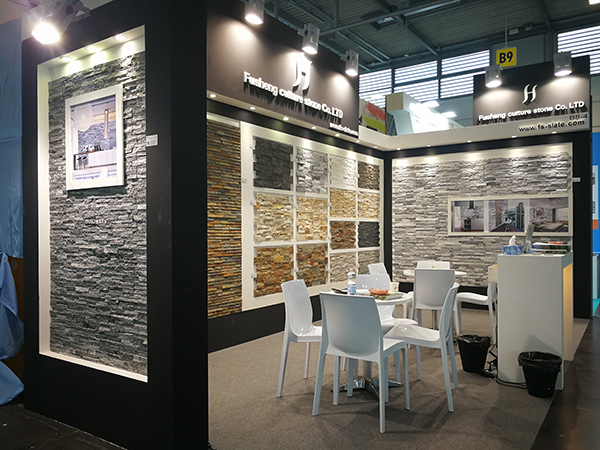Table of Contents
ToggleManufactured stone veneer (MSV) has revolutionized modern architecture and interior design by offering the timeless appeal of natural stone at a fraction of the cost. This lightweight, versatile material mimics the texture and color variations of quarried stone while addressing practical limitations. In this guide, we explore why manufactured stone veneer is dominating residential and commercial projects, how to install it correctly, and emerging trends shaping its use.
What Is Manufactured Stone Veneer?
Manufactured stone veneer, also called faux stone or cultured stone, is a synthetic building material made from cement, aggregates, iron oxides (for coloration), and additives. Cast in molds taken from natural stone formations, MSV replicates the organic textures of limestone, slate, granite, or fieldstone. Advanced manufacturing techniques ensure color consistency while allowing customization for unique projects.
Key Components:
- Portland cement
- Lightweight aggregates (e.g., expanded shale)
- Pigments for coloration
- Polymer additives for durability

Why Choose Manufactured Stone Veneer? 7 Compelling Benefits
1. Cost-Effectiveness
Natural stone costs 15–15–30 per sq. ft., while MSV averages 6–6–12 per sq. ft. Labor expenses are also reduced due to its lightweight nature—40–60% lighter than natural stone.
2. Installation Flexibility
Unlike natural stone, MSV can be applied to:
- Interior feature walls
- Fireplace surrounds
- Exterior facades (over wood or metal framing)
- Curved surfaces
- DIY-friendly projects (with proper preparation)
3. Consistent Aesthetics
Manufactured stone offers uniform sizing and color matching, critical for large-scale projects. Natural stone often has irregular shapes and unpredictable color shifts.
4. Weather Resistance
High-quality MSV resists:
- Freeze-thaw cycles
- UV fading (with UV-stable pigments)
- Moisture penetration (when sealed)
5. Sustainability
- Reduces quarrying impact: 1 ton of MSV saves 100 tons of natural stone waste.
- Often contains recycled materials like fly ash.
- Lower transportation emissions due to reduced weight.
6. Low Maintenance
Requires no sealing in most climates (unlike porous natural stone). Occasional rinsing with water maintains its appearance.
7. Fire Resistance
Non-combustible MSV improves fire ratings for exteriors and fireplace applications.
Manufactured Stone Veneer vs. Natural Stone: A Side-by-Side Comparison
| Factor | Manufactured Stone Veneer | Natural Stone |
|---|---|---|
| Cost per sq. ft. | 6–6–12 | 15–15–30 |
| Weight | 8–15 lbs per sq. ft. | 20–30 lbs per sq. ft. |
| Installation Time | 30% faster | Labor-intensive |
| Color Consistency | High | Variable |
| Eco-Friendliness | Recycled materials, low waste | Quarrying impacts |
| Durability | 50+ years (with proper installation) | 100+ years |
Step-by-Step Installation Guide
Proper installation ensures longevity and aesthetic appeal. Always follow manufacturer guidelines and local building codes.
Tools Required:
- Mortar mix (Type S recommended)
- Metal lath
- Corrosion-resistant fasteners
- Trowels
- Grout bag (optional)
Installation Process:
- Surface Preparation:
- Ensure substrate is structurally sound (concrete, CMU, or sheathing with weather barrier).
- Attach metal lath to create a bonding surface.
- Mortar Application:
- Apply a ½-inch scratch coat of mortar over the lath. Let cure for 48 hours.
- Setting the Veneer:
- Butter the back of each MSV unit with mortar.
- Press firmly into place, maintaining ½-inch gaps for joints.
- Stagger joints for a natural look.
- Joint Finishing:
- Use a grout bag or pointing trowel to fill joints with mortar.
- Tool joints for a concave or flush finish.
- Curing:
- Protect from direct sunlight/rain for 72 hours.
- Apply sealant if specified by the manufacturer.
Top 5 Design Trends in 2024
1. Mixed-Texture Facades
Pair MSV with materials like vertical siding or Corten steel for contrast. Example: MSV wainscoting beneath sleek metal panels.
2. Monochromatic Schemes
Charcoal-gray MSV paired with black window frames creates a modern farmhouse aesthetic.
3. Indoor-Outdoor Continuity
Extend exterior stone veneer into interior spaces (e.g., from patio to living room).
4. Eco-Conscious Finishes
Demand is rising for MSV containing 30%+ recycled content and low-VOC sealants.
5. Thin-Profile Veneers
Ultra-thin (¾-inch) MSV allows retrofits on existing walls without structural modifications.
Common Mistakes to Avoid
- Skipping the Moisture Barrier:
Leads to efflorescence and structural damage. Always use a WRB (weather-resistant barrier). - Inadequate Mortar Coverage:
Insufficient “buttering” causes hollow spots and eventual detachment. - Ignoring Expansion Joints:
Omit expansion joints in spans over 20 feet, and cracking may occur. - Poor Color Blending:
Mix stones from multiple boxes during installation to avoid patchy color zones.
FAQs About Manufactured Stone Veneer
Q: Can MSV be used in wet areas like showers?
A: Yes, if sealed with a penetrating sealer. Avoid direct water spray zones.
Q: How does MSV perform in extreme climates?
A: Look for freeze-thaw ratings (ASTM C1262 compliance). Most premium MSV withstands -40°F to 160°F.
Q: Is a permit required for installation?
A: Exterior applications often need permits. Check local regulations.
Conclusion: Why MSV Is the Future of Architectural Cladding
Manufactured stone veneer combines aesthetic versatility, practical advantages, and environmental responsibility—a trifecta driving its adoption across 78% of new U.S. residential projects (2023 NAHB report). Whether renovating a cottage or designing a commercial complex, MSV delivers stone’s elegance without compromising budget or structural limits. As manufacturing innovations continue, expect even broader color palettes and textures that blur the line between artificial and natural stone.
For architects, builders, and homeowners alike, understanding MSV’s benefits and proper installation techniques is key to maximizing ROI and creating spaces that stand the test of time.

